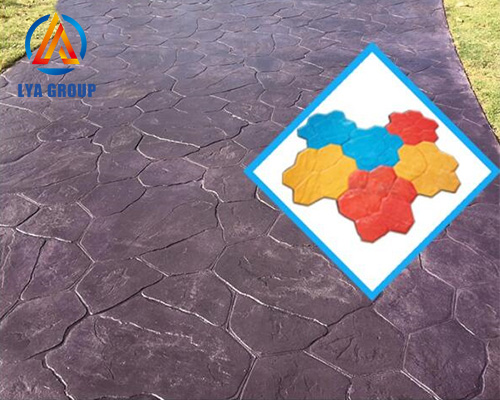stamp mold mold hardness
News 2024年2月13日 131

Stamp molds, also known as die molds or tooling molds, are used in various industries to create stamped or molded parts. The hardness of a stamp mold is a critical factor that affects its performance and durability.
Mold hardness refers to the mold material’s resistance to indentation or deformation. It is typically measured using the Rockwell hardness scale, which provides a standardized method of assessing the hardness of metallic materials.
Stamp molds are commonly made from tool steels, such as H13, P20, or S7, which are known for their excellent machinability, wear resistance, and toughness. These tool steels are heat treated to achieve the desired hardness for the specific application.
The hardness of a stamp mold is determined by factors such as the mold material, heat treatment process, and the intended application. A higher hardness value generally indicates a mold with greater resistance to wear, but it may also make the mold more brittle and prone to cracking or chipping.
The appropriate hardness for a stamp mold depends on factors such as the material being stamped, the complexity of the part, and the expected production volume. A mold that is too soft may wear out quickly, leading to poor part quality and increased downtime for mold maintenance. On the other hand, a mold that is too hard may be more susceptible to cracking or premature failure.
To determine the optimal hardness for a stamp mold, it is essential to consider factors such as the desired production volume, material properties, and the anticipated operating conditions. Mold designers and manufacturers work closely with materials engineers and process experts to select the appropriate mold material and hardness based on these considerations.
LYA stamp mold is divided into hard mold and soft mold. The hardness of the hard mold is 80 degrees and the hardness of the soft mold is 50 degrees.